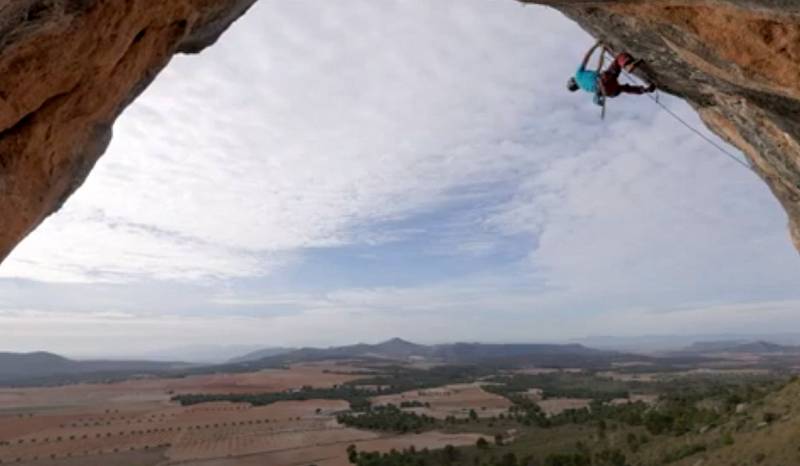-
CABALGATA JUMILLACLICK HERE!
-



 Welcome To
Welcome To Jumilla
Jumilla
- Region
- Águilas
- Alhama de Murcia
- Jumilla
- Lorca
- Los Alcázares
- Mazarrón
- San Javier
-
ALL AREAS & TOWNS
- AREAS
- SOUTH WEST
- MAR MENOR
- MURCIA CITY & CENTRAL
- NORTH & NORTH WEST
- TOWNS
- Abanilla
- Abarán
- Aguilas
- Alamillo
- Alcantarilla
- Aledo
- Alhama de Murcia
- Archena
- Balsicas
- Blanca
- Bolnuevo
- Bullas
- Cañadas del Romero
- Cabo de Palos
- Calasparra
- Camping Bolnuevo
- Campo De Ricote
- Camposol
- Canada De La Lena
- Caravaca de la Cruz
- Cartagena
- Cehegin
- Ceuti
- Cieza
- Condado de Alhama
- Corvera
- Costa Cálida
- Cuevas De Almanzora
- Cuevas de Reyllo
- El Carmoli
- El Mojon
- El Molino (Puerto Lumbreras)
- El Pareton / Cantareros
- El Raso
- El Valle Golf Resort
- Fortuna
- Fuente Alamo
- Hacienda del Alamo Golf Resort
- Hacienda Riquelme Golf Resort
- Isla Plana
- Islas Menores & Mar de Cristal
- Jumilla
- La Azohia
- La Charca
- La Manga Club
- La Manga del Mar Menor
- La Pinilla
- La Puebla
- La Torre
- La Torre Golf Resort
- La Unión
- Las Palas
- Las Ramblas
- Las Ramblas Golf
- Las Torres de Cotillas
- Leiva
- Librilla
- Lo Pagan
- Lo Santiago
- Lorca
- Lorquí
- Los Alcázares
- Los Balcones
- Los Belones
- Los Canovas
- Los Nietos
- Los Perez (Tallante)
- Los Urrutias
- Los Ventorrillos
- Mar De Cristal
- Mar Menor
- Mar Menor Golf Resort
- Mazarrón
- Mazarrón Country Club
- Molina de Segura
- Moratalla
- Mula
- Murcia City
- Murcia Property
- Pareton
- Peraleja Golf Resort
- Perin
- Pilar de la Horadada
- Pinar de Campoverde
- Pinoso
- Playa Honda
- Playa Honda / Playa Paraíso
- Pliego
- Portmán
- Pozo Estrecho
- Puerto de Mazarrón
- Puerto Lumbreras
- Puntas De Calnegre
- Region of Murcia
- Ricote
- Roda Golf Resort
- Roldan
- Roldan and Lo Ferro
- San Javier
- San Pedro del Pinatar
- Santiago de la Ribera
- Sierra Espuña
- Sucina
- Tallante
- Terrazas de la Torre Golf Resort
- Torre Pacheco
- Totana
- What's On Weekly Bulletin
- Yecla


- EDITIONS:
 Spanish News Today
Spanish News Today
 Alicante Today
Alicante Today
 Andalucia Today
Andalucia Today
HOME > MURCIA NORTH & NORTH WEST > JUMILLAtownJumilla Today
Introduction to Jumilla
Jumilla, in the north of the Region of Murcia, has become internationally famous over recent decades due to the quality of the wines produced in the municipality,
 and wine tourism has begun to attract more visitors from other parts of Spain and the rest of Europe. However, the town and the surrounding countryside have plenty of other attractions for visitors, and the popularity of Jumilla wines is leading more and more people to discover other facets of the area.
and wine tourism has begun to attract more visitors from other parts of Spain and the rest of Europe. However, the town and the surrounding countryside have plenty of other attractions for visitors, and the popularity of Jumilla wines is leading more and more people to discover other facets of the area. Despite having a population of only just over 25,000, Jumilla is, in geographical terms, the tenth largest of the 8,000 municipalities of Spain. Covering an area of 972 square kilometres, it includes the mountains and natural parks of the Sierra de la Pila and the Sierra del Carche, the highest point of which is 1,372 metres above sea level. This is 28 metres higher than Ben Nevis, and the wooded slopes provide not only a stunning landscape but also a habitat for a wide variety of wildlife, especially birds of prey.
Despite having a population of only just over 25,000, Jumilla is, in geographical terms, the tenth largest of the 8,000 municipalities of Spain. Covering an area of 972 square kilometres, it includes the mountains and natural parks of the Sierra de la Pila and the Sierra del Carche, the highest point of which is 1,372 metres above sea level. This is 28 metres higher than Ben Nevis, and the wooded slopes provide not only a stunning landscape but also a habitat for a wide variety of wildlife, especially birds of prey. Within this extensive territory lie outlying villages such as Fuente del Pino, El Carche and Cañada del Trigo, but most of the population live in the town of Jumilla itself, which has been inhabited since the Bronze Age: the remains of Iberian and Roman settlements can still be seen on or near the hill on which the castle is located. This castle was built in the 15th century, more than two hundred years after Jumilla had been reconquered by the Christians from the Moors, who
Within this extensive territory lie outlying villages such as Fuente del Pino, El Carche and Cañada del Trigo, but most of the population live in the town of Jumilla itself, which has been inhabited since the Bronze Age: the remains of Iberian and Roman settlements can still be seen on or near the hill on which the castle is located. This castle was built in the 15th century, more than two hundred years after Jumilla had been reconquered by the Christians from the Moors, who  ruled the area for five hundred years. Until the 19th century the Marquises of Villena were the feudal overlords of the area, and it was under their supervision that the first wines were produced here. Jumilla was awarded the title of “city” in 1911, after which the population barely increased until the early 21st century.
ruled the area for five hundred years. Until the 19th century the Marquises of Villena were the feudal overlords of the area, and it was under their supervision that the first wines were produced here. Jumilla was awarded the title of “city” in 1911, after which the population barely increased until the early 21st century.As a result the centre of Jumilla has not been excessively modernized, and among the most important monuments are the Iglesia de Santiago, the Santa Ana del Monte monastery and various secondary churches. Non-religious sites of interest include the castle, the Casón (a small late Roman mausoleum which dates from the 5th century), the Torre del Rico fortress, the Town Hall and the squares of the city centre. The old Town Hall is home to the archaeological museum, and the wine museum also receives numerous visitors throughout the year.
 Tourism in Jumilla is not as seasonal as it is in the coastal areas of the Region of Murcia. There are reasons to visit all year round, not least of them the hearty gastronomic offerings, which include the Gazpacho Jumillano: this dish is of Jewish origin, and includes game and snails on a wheat flour pastry base.
Tourism in Jumilla is not as seasonal as it is in the coastal areas of the Region of Murcia. There are reasons to visit all year round, not least of them the hearty gastronomic offerings, which include the Gazpacho Jumillano: this dish is of Jewish origin, and includes game and snails on a wheat flour pastry base.he main draw for visitors, though, are the 41 wineries which are included in the Denomination of Origin of Jumilla, although it shouldn’t be forgotten that the pears of the area also enjoy a similar status.
 The town is at its liveliest during the fiestas in Holy Week and the August Fair, which incorporates the grape harvest celebrations and the Moors and Christians parades.
The town is at its liveliest during the fiestas in Holy Week and the August Fair, which incorporates the grape harvest celebrations and the Moors and Christians parades.The Altiplano of the Region of Murcia, which consists of the municipalities of Jumilla and Yecla, is often not visited by those who come to south-eastern Spain to enjoy the beaches and the Mediterranean. However, it is only just over an hour by car from the Mar Menor, Cartagena, Mazarrón, Torrevieja and Alicante, and anyone wishing to visit real inland Spain and world-class wineries is well-advised to include Jumilla in their schedule.
 Three Kings forced to change their plans in Murcia by the arrival of Storm FrancisRain and even snow are likely to affect Murcia on both Sunday and Monday With Storm Francis set to sweep across Spain on 4th and 5th January and heavy rain forecast in the Region of Murcia on Sunday and Monday, Town Halls across the Region are being obliged.. 02/01/2026
Three Kings forced to change their plans in Murcia by the arrival of Storm FrancisRain and even snow are likely to affect Murcia on both Sunday and Monday With Storm Francis set to sweep across Spain on 4th and 5th January and heavy rain forecast in the Region of Murcia on Sunday and Monday, Town Halls across the Region are being obliged.. 02/01/2026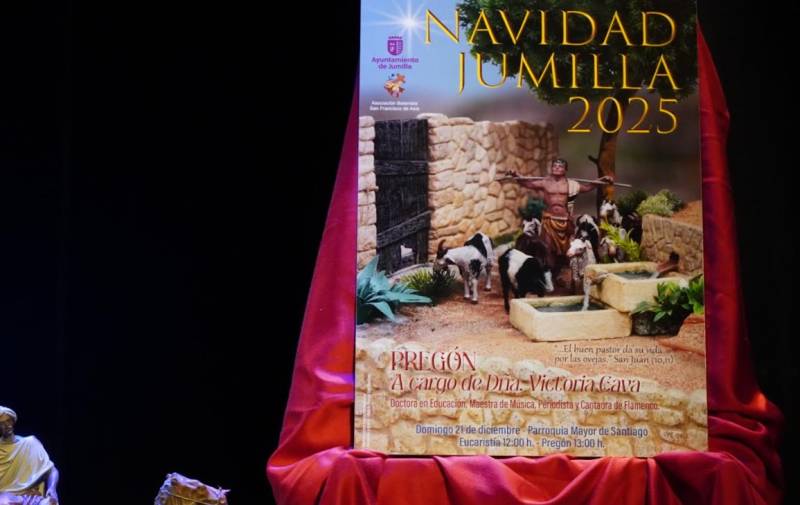 December 5 to January 5 Christmas, New Year and Three Kings in Jumilla 2025-26A host of concerts and other entertainments during the festive season in Jumilla The program of events over the Christmas and New Year season in Jumilla, in the north of the Region of Murcia, features a large number of musical events as the key dates are..
December 5 to January 5 Christmas, New Year and Three Kings in Jumilla 2025-26A host of concerts and other entertainments during the festive season in Jumilla The program of events over the Christmas and New Year season in Jumilla, in the north of the Region of Murcia, features a large number of musical events as the key dates are..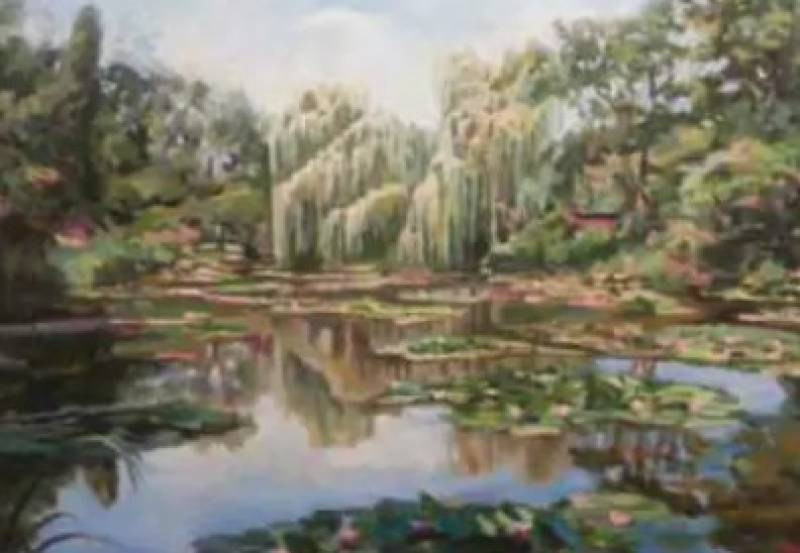 December 19 Opening of Monet tribute exhibition in JumillaJulia Lorenzo pays tribute to the master of Impressionism in “Pinceladas con melodía” at the Ethnography museum in Jumilla Local artist Julia Lorenzo presents her own homage to the impressionist painter Claude Monet at the Ethnography and..
December 19 Opening of Monet tribute exhibition in JumillaJulia Lorenzo pays tribute to the master of Impressionism in “Pinceladas con melodía” at the Ethnography museum in Jumilla Local artist Julia Lorenzo presents her own homage to the impressionist painter Claude Monet at the Ethnography and.. Judge rules health service must pay up over manhood surgery surpriseMurcia patient awarded €20,000 for inadequate details on Peyronie's procedure A Murcia court has ruled that the Murcian Health Service must pay a patient €20,000 because doctors failed to properly warn him about key risks before surgery.. 19/12/2025
Judge rules health service must pay up over manhood surgery surpriseMurcia patient awarded €20,000 for inadequate details on Peyronie's procedure A Murcia court has ruled that the Murcian Health Service must pay a patient €20,000 because doctors failed to properly warn him about key risks before surgery.. 19/12/2025 Christmas holidays and final public holidays for 2025 in MurciaHere’s when schools break up and which towns still have one more festive day off With Christmas fast approaching, families across the Region of Murcia are getting ready to wind down, finalise travel plans and make the most of the festive season... 16/12/2025
Christmas holidays and final public holidays for 2025 in MurciaHere’s when schools break up and which towns still have one more festive day off With Christmas fast approaching, families across the Region of Murcia are getting ready to wind down, finalise travel plans and make the most of the festive season... 16/12/2025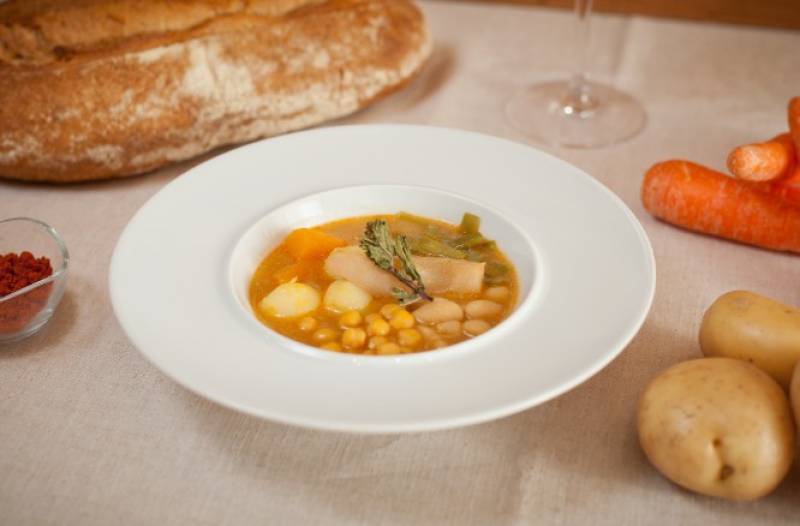 13 typical stews and casseroles in the Region of Murcia!A range of traditional one-pot dishes characterizes different areas of the Costa Cálida and Murcia Whether you want to call them stews, casseroles or hotpots, the dishes made by “throwing everything in the pot” are among the most characteristic..
13 typical stews and casseroles in the Region of Murcia!A range of traditional one-pot dishes characterizes different areas of the Costa Cálida and Murcia Whether you want to call them stews, casseroles or hotpots, the dishes made by “throwing everything in the pot” are among the most characteristic..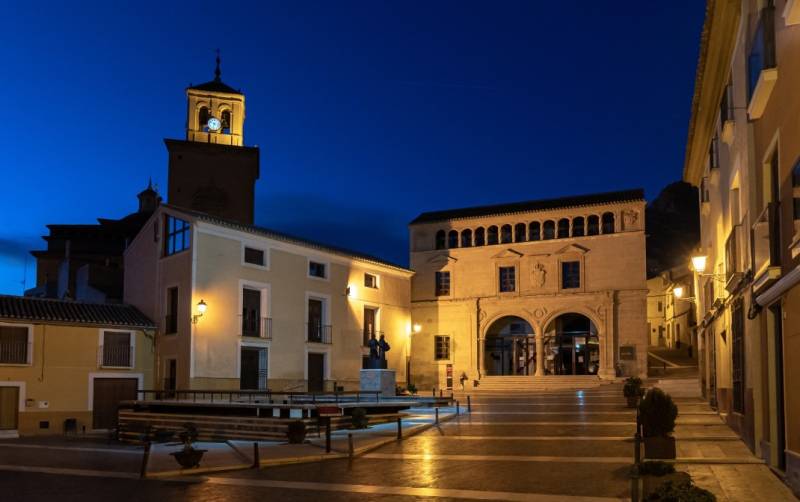 10 reasons to visit Jumilla in northern MurciaHistory, wine, breathtaking landscapes, a medieval castle and some of the most widely acclaimed Spanish wine! Jumilla, which lies in the “Altiplano” area in the north of the Region of Murcia, is one of the many towns in Spain which are full of..
10 reasons to visit Jumilla in northern MurciaHistory, wine, breathtaking landscapes, a medieval castle and some of the most widely acclaimed Spanish wine! Jumilla, which lies in the “Altiplano” area in the north of the Region of Murcia, is one of the many towns in Spain which are full of.. The millennia-old wine producing traditions of MurciaSuperb winery and vineyard tours, tastings, meals and a wonderful all-round experience in the landscape of Murcia Many places in inland Murcia have recently been celebrating World Wine Tourism Day, with special events such as winery tours, museum visits, tastings..
The millennia-old wine producing traditions of MurciaSuperb winery and vineyard tours, tastings, meals and a wonderful all-round experience in the landscape of Murcia Many places in inland Murcia have recently been celebrating World Wine Tourism Day, with special events such as winery tours, museum visits, tastings..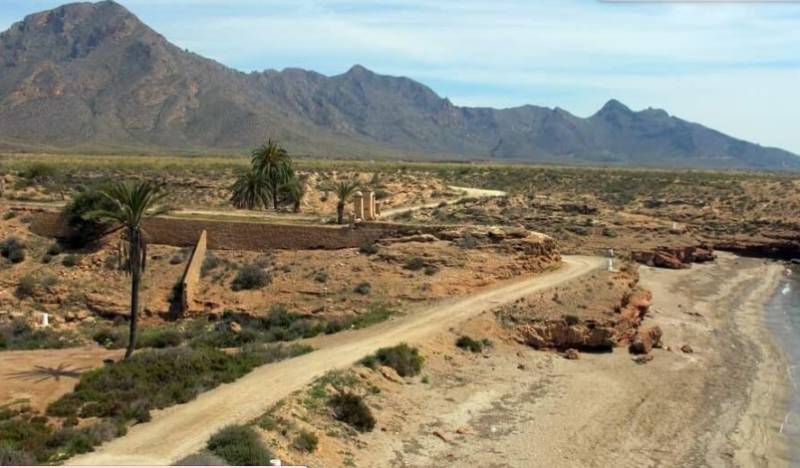 Discover Murcia's greenways: cycle and hike from coast to mountainsExplore the region’s scenic wonders with cycling and walking trails for every season Murcia’s network of “Greenways” offers more than 170 kilometres of dedicated cycling and walking trails that make the most of the region&rsquo.. 14/10/2025
Discover Murcia's greenways: cycle and hike from coast to mountainsExplore the region’s scenic wonders with cycling and walking trails for every season Murcia’s network of “Greenways” offers more than 170 kilometres of dedicated cycling and walking trails that make the most of the region&rsquo.. 14/10/2025 Discover the architecture and history of Jumilla with Asedio al Castillo, a quest to take control of Jumilla castle!Besieging the Castle, Asedio al Castillo, a mobile phone app for enjoying the history and heritage of Jumilla The Town Hall of Jumilla in northern Murcia has presented a new tourism initiative consisting of a mobile phone app which invites participants to..
Discover the architecture and history of Jumilla with Asedio al Castillo, a quest to take control of Jumilla castle!Besieging the Castle, Asedio al Castillo, a mobile phone app for enjoying the history and heritage of Jumilla The Town Hall of Jumilla in northern Murcia has presented a new tourism initiative consisting of a mobile phone app which invites participants to.. 10 sites to see prehistoric rock art in the Region of MurciaFrom Yecla and Moratalla in the north to Isla Plana in the south, Murcia was home to cave-dwelling artists as long as 10,000 years ago Hidden away in caves and rock shelters of the Murcia countryside is evidence that the forefathers of modern humans inhabited..
10 sites to see prehistoric rock art in the Region of MurciaFrom Yecla and Moratalla in the north to Isla Plana in the south, Murcia was home to cave-dwelling artists as long as 10,000 years ago Hidden away in caves and rock shelters of the Murcia countryside is evidence that the forefathers of modern humans inhabited..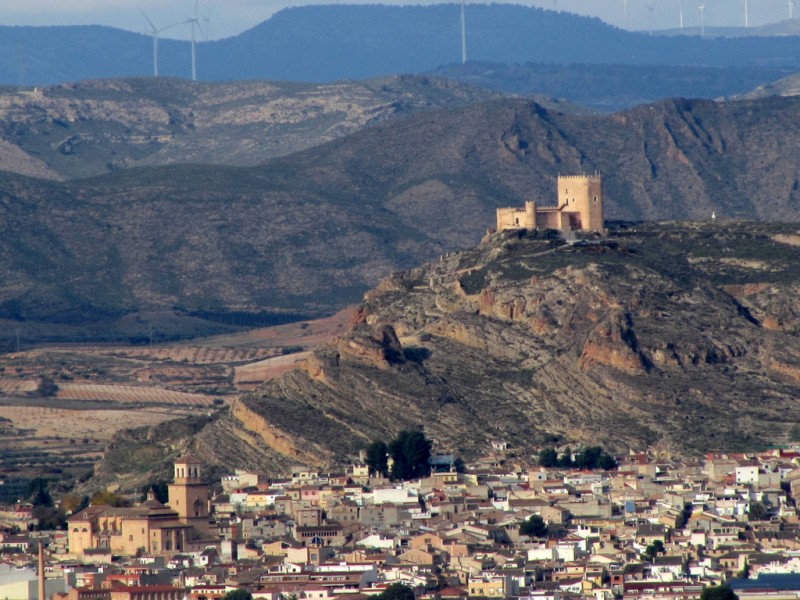 The castle of Jumilla The castle of Jumilla is renovated to its original condition when it was built in 1461 Despite having undergone extensive renovation in recent years the castle of Jumilla is, in many ways, everything one might expect of a medieval fortress: it stands..
The castle of Jumilla The castle of Jumilla is renovated to its original condition when it was built in 1461 Despite having undergone extensive renovation in recent years the castle of Jumilla is, in many ways, everything one might expect of a medieval fortress: it stands..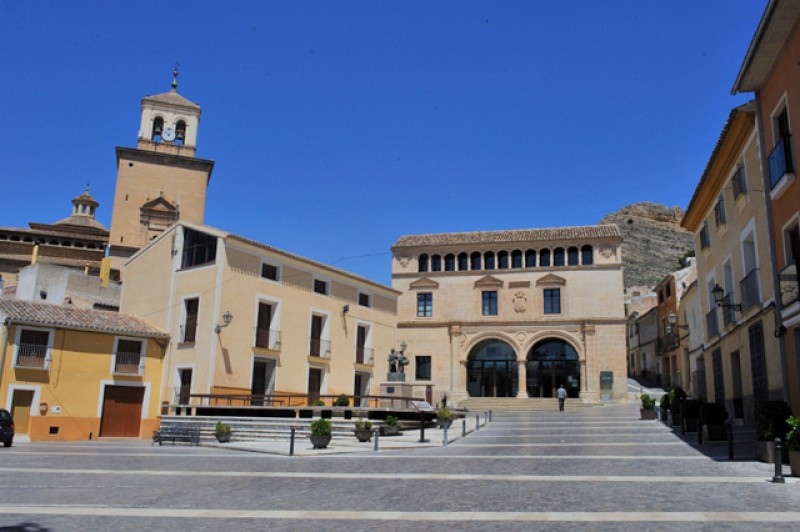 The Plaza de Arriba in JumillaA historic central plaza which has retained the same core elements for the last 500 years The “Plaza de Arriba” is without doubt one of the most important central points in the old quarter of Jumilla and has been so since the fifteenth century...
The Plaza de Arriba in JumillaA historic central plaza which has retained the same core elements for the last 500 years The “Plaza de Arriba” is without doubt one of the most important central points in the old quarter of Jumilla and has been so since the fifteenth century... Gazpacho jumillano, a typical hearty winter food and one of the specialities of JumillaThis meat and flatbread meal has nothing to do with Andalusian gazpacho! Those of us who live on the coast tend to think we know about gazpacho, the cool summer drink made from blended tomato, cucumber and other ingredients. But don’t imagine that this..
Gazpacho jumillano, a typical hearty winter food and one of the specialities of JumillaThis meat and flatbread meal has nothing to do with Andalusian gazpacho! Those of us who live on the coast tend to think we know about gazpacho, the cool summer drink made from blended tomato, cucumber and other ingredients. But don’t imagine that this..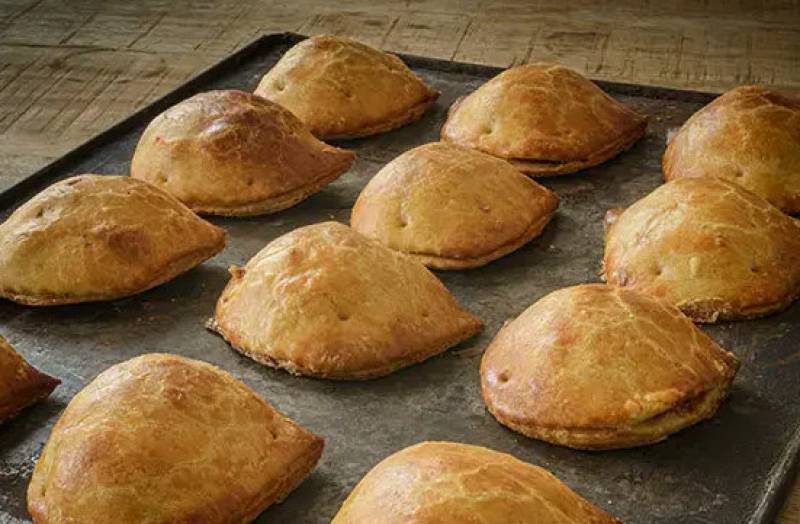 Empanada de patata, one of the gastronomic favourites of JumillaA lovely tasty and filling accompaniment to the Easter Week processions of Jumilla! Particularly popular during the processions and celebrations of Semana Santa in Jumilla, which have been awarded International Tourist Interest status, this humble but tasty..
Empanada de patata, one of the gastronomic favourites of JumillaA lovely tasty and filling accompaniment to the Easter Week processions of Jumilla! Particularly popular during the processions and celebrations of Semana Santa in Jumilla, which have been awarded International Tourist Interest status, this humble but tasty..town
town
town
Contact Murcia Today: Editorial 000 000 000 / Office 000 000 000News Jumilla Whats On Jumilla Where To Go Jumilla Andalucia News Jumilla Alicante News Jumilla Lifestyle Jumilla Spanish News Jumilla Property Listings Jumilla Weather Jumilla Spanish Lifestyle Jumilla Spanish Travel & Tourism Jumilla Spanish Arts & Culture Jumilla Spanish Weather Jumilla Andalucia Weather Jumilla Andalucia Lifestyle Jumilla Andalucia Travel & Tourism Jumilla Andalucia Arts & Culture Jumilla Alicante Whats On Jumilla Alicante Where To Go Jumilla Alicante Lifestyle Jumilla Alicante Weather Jumilla Alicante Property Jumilla Property News Jumilla Motoring & Travel Jumilla Spanish Property News Jumilla Car Sales Jumilla






